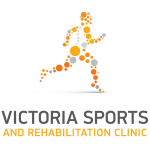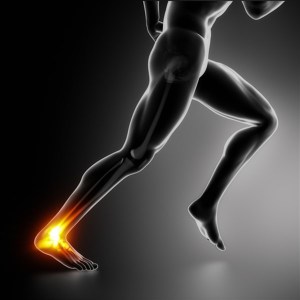You are excited leading into the summer months, bought some new running shoes and you’ve done a couple of fun runs. The body is feeling the best it has in a while. Then you start waking in the morning with a stiff heel, it may be on the back of the heel or under the heel. You continue to run expecting it to go away, but instead the morning stiffness takes longer to resolve, its starts to get sore while you run, also it gets sore when you get up from being stationary for a period of time and it takes a while to loosen. These types of symptoms could mean you may have developed a tendinopathy of your Achilles or your plantar fascia.
So what is a tendionpathy? It is a degenerative condition characterised by pathological changes to the microscopic structure of the tendon. Most commonly affecting the Achillies tendon. It can be associated with severe localised pain that is often worse first thing in the morning or worse after activity, such as running.
Do’s
– Get an accurate diagnosis. It is important to see a health professional that can thoroughly assess your tendon pain and determine if it is in fact tendinopathy. An accurate diagnosis will guide correct treatment and management
– Listen to your body. Don’t try and push through any pain, this will just make your tendon more angry and potentially prolong your rehab
– Get an understanding of what loads/activities are aggravating your tendon pain e.g. running, jumping, sprinting and changing direction
– Complete a structured exercise rehabilitation program. This will involve gradual progressive stages to strengthen your tendon and increase its capacity to withstand high load or faster pace activity
– Be patient and diligent with your rehab it can take up to 3 months or longer to build strength and capacity in your tendon to regain normal function, though in the background a tendon can take up to 12 – 24 months to properly regain its original structure
Don’ts
– Rest completely, this will only decrease the tendons capacity to take load and thus make your tendon more susceptible to being aggravated to lighter loads/activities
– Massage the tendon. Massaging the tendon directly can further aggravate the pain. However massage to release tightness in muscles above the tendon can be helpful
– Rely on passive treatments only, passive treatments such as electro shockwave therapy or ice may help reduce pain and give short-term symptomatic relief, however they don’t improve the tendon’s capacity to take load. Thus combining passive treatments with a structured tendon loading rehab program is essential for long-term resolution
– Stretch the tendon. Stretching can increase compressive load on your tendon, which has been shown to be detrimental to the tendon and further aggravate and cause more pain. If your corresponding muscles (i.e. calf muscle) feel tight use massage or self trigger point release on a foam roller of spiky massage ball to release them
– Worry about what MRI or scans show. It can be scary to find out that a scan shows that you have degeneration or a tear through your tendon, however there is good evidence to show that a pathological tendon can tolerate gradually loads and become pain free despite the degeneration or tear still being present
This article is for information only, for a diagnosis and treatment of a musculoskeletal condition consult your Osteopath or primary healthcare professional.
Source: http://semrc.blogs.latrobe.edu.au/10-things-not-to-do-if-you-have-lower-limb-tendon-pain/

